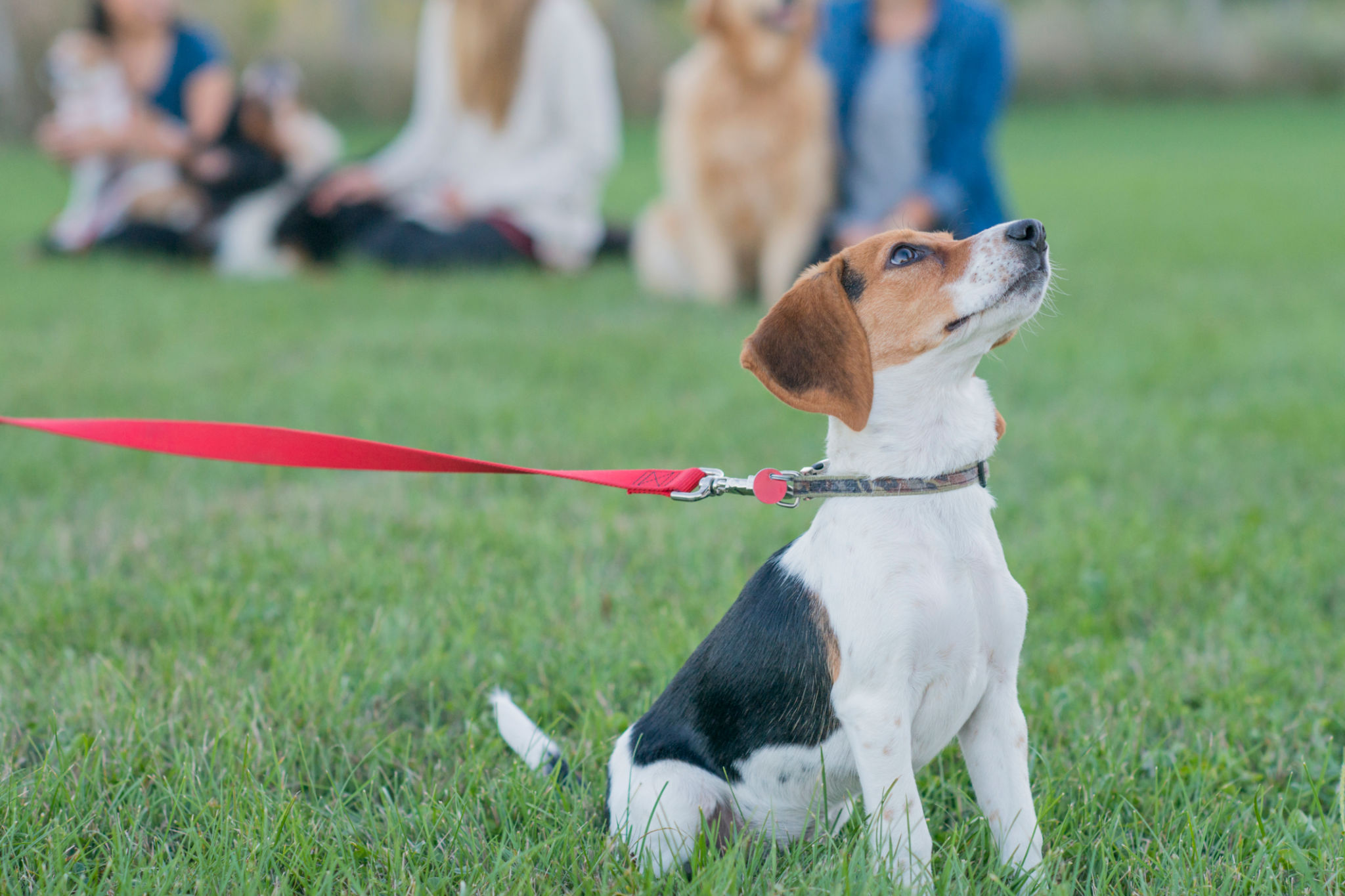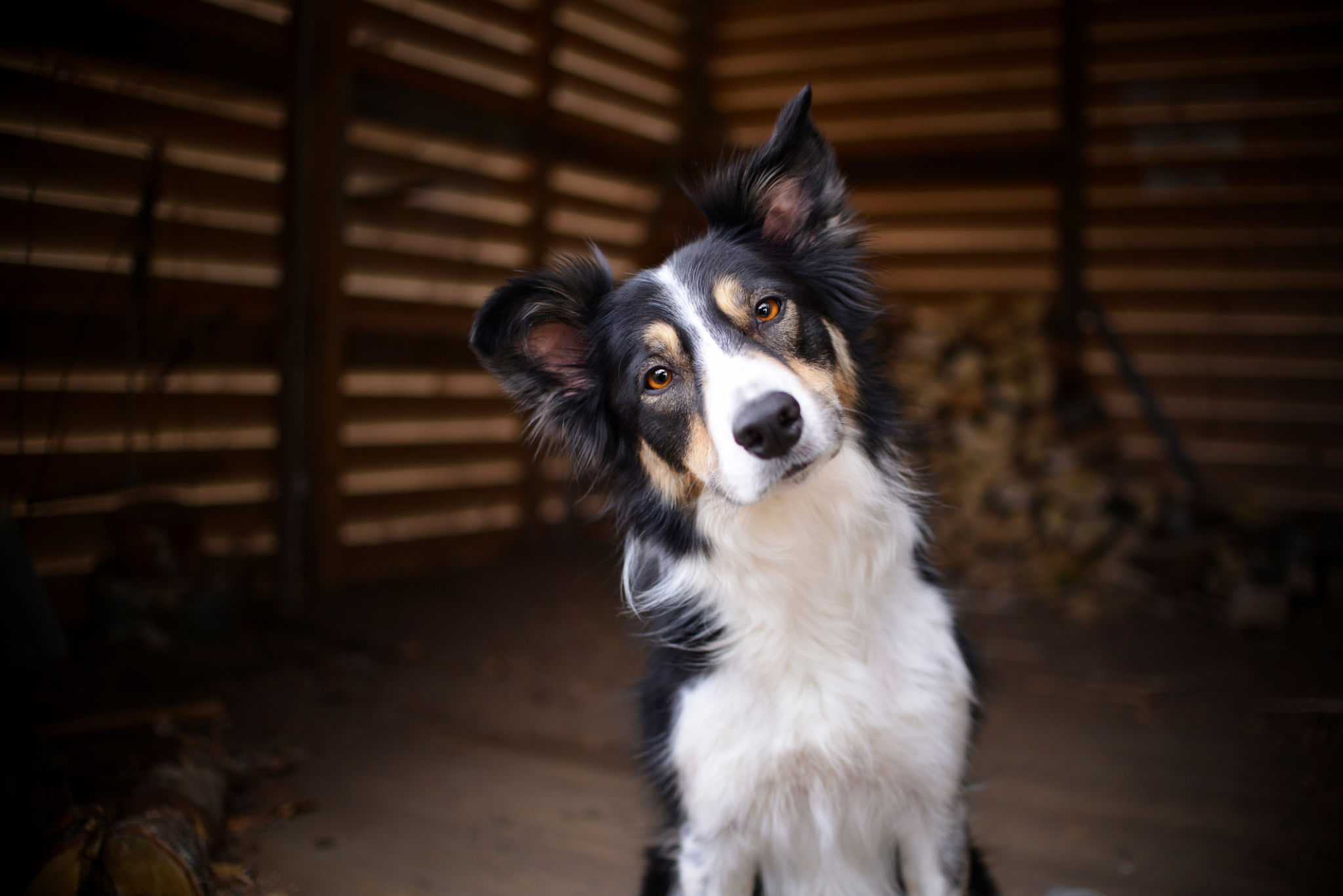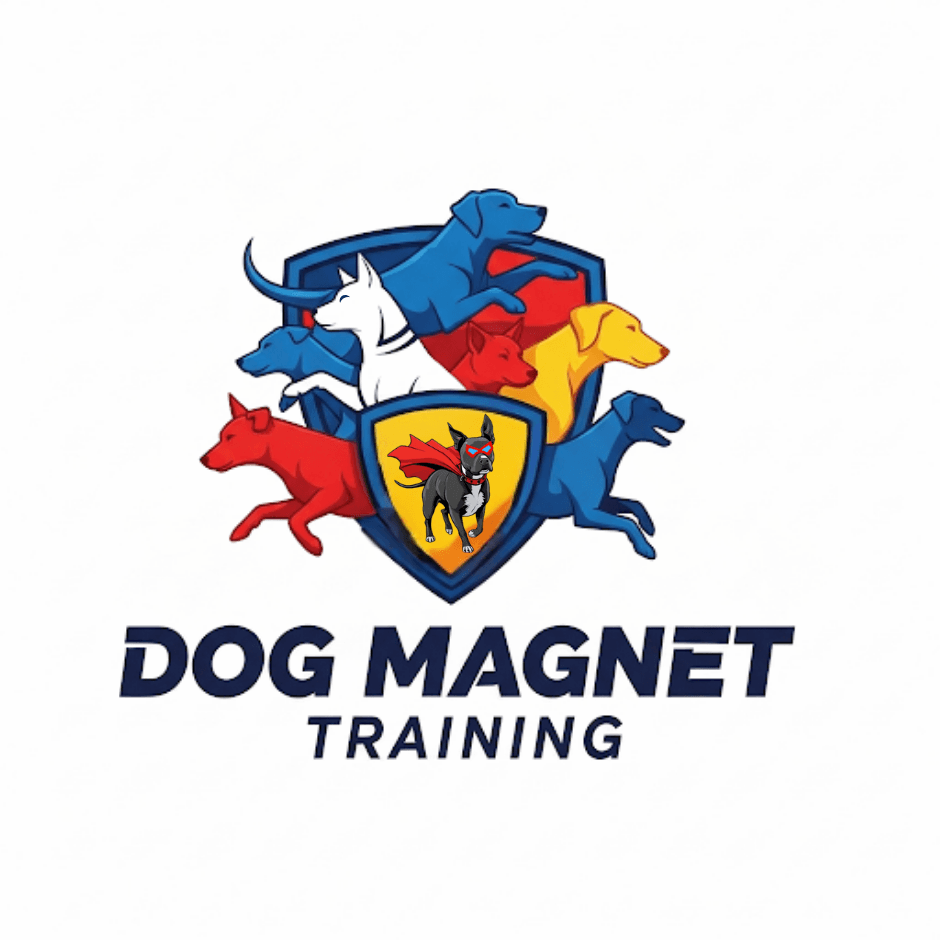Expert Advice: Common Mistakes in Dog Training and How to Avoid Them
Understanding the Basics
Training a dog can be a rewarding experience, but it's essential to understand the basics to ensure success. One of the most common mistakes is not establishing yourself as the leader. Dogs are pack animals and need a clear leader to follow. Without this, they may feel anxious or uncertain about their role in the household.

Inconsistent Commands
Another frequent error is inconsistency in commands. If you use different words or signals for the same command, your dog will likely become confused. Consistency is key in dog training. Ensure everyone in the household uses the same commands to reinforce desired behaviors effectively.
Using Positive Reinforcement
Positive reinforcement is a powerful tool in dog training. However, it's crucial to use it correctly. Avoid giving treats or praise at the wrong time, as this can reinforce unwanted behavior. Always reward your dog immediately after they perform the desired action.

Neglecting Socialization
Socialization is an integral part of a dog's development and training. Failing to expose your dog to different environments, people, and other animals can lead to fear or aggression. Gradually introduce your dog to new experiences in a controlled and positive manner to build their confidence.
The Importance of Patience
Training takes time, and one of the biggest mistakes owners make is expecting instant results. Patience is essential. Every dog learns at their own pace, and rushing the process can lead to frustration for both you and your pet. Celebrate small victories along the way.

Avoiding Overtraining
While regular training sessions are beneficial, overtraining can lead to burnout and disinterest in your dog. Keep training sessions short and fun, ideally lasting between 5 to 15 minutes. This keeps your dog engaged and eager to learn more.
Ignoring Body Language
Dogs communicate primarily through body language. Ignoring these cues can lead to misunderstandings and ineffective training. Pay attention to signs of stress or discomfort, such as yawning, lip licking, or turning away. Adjust your approach based on your dog's responses to foster a more positive training experience.

Conclusion
Avoiding these common mistakes can significantly improve your dog training efforts. By being consistent, patient, and attentive to your dog's needs and signals, you'll create a strong bond and foster an environment conducive to learning. Remember, successful dog training is a journey that requires dedication and understanding.
